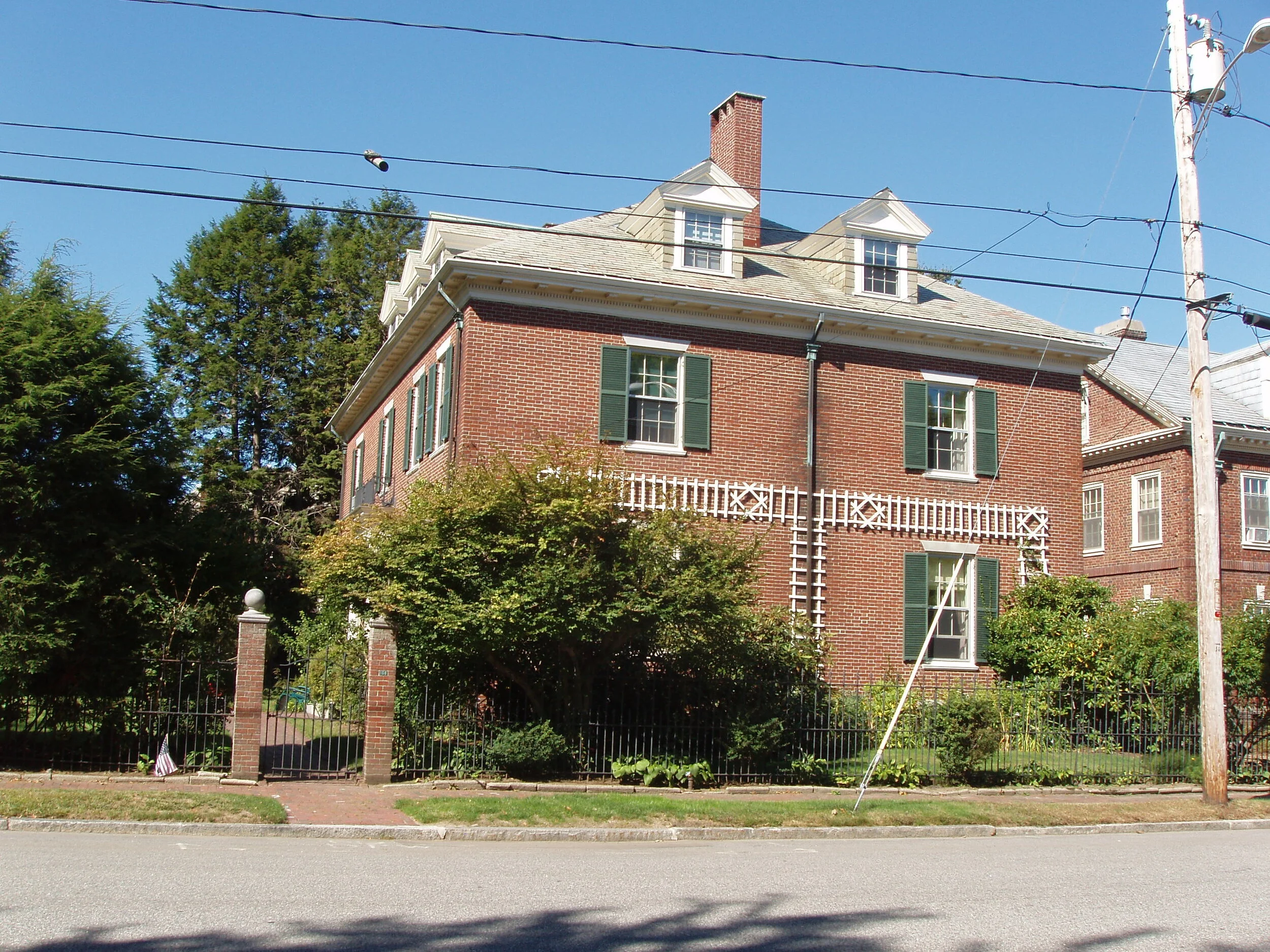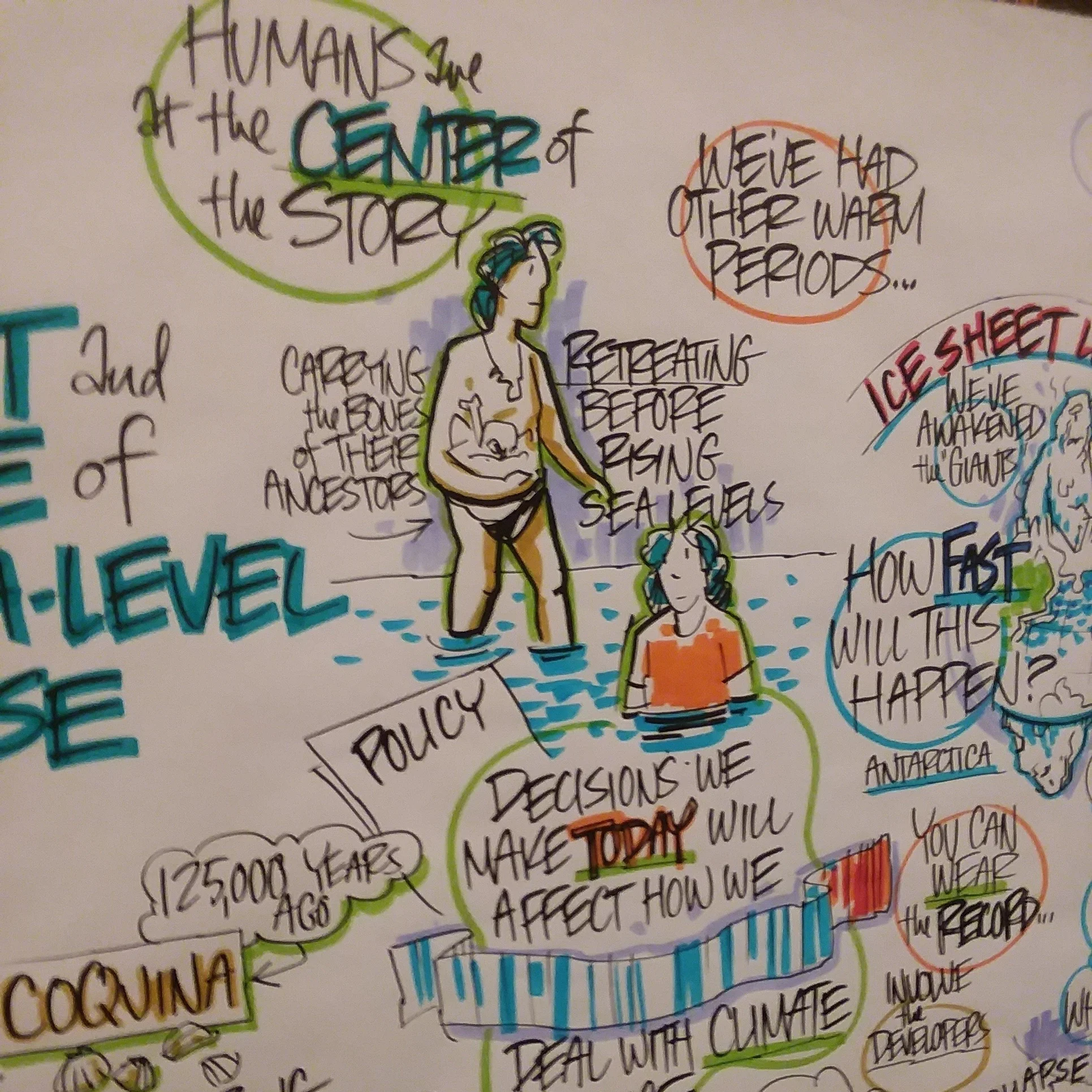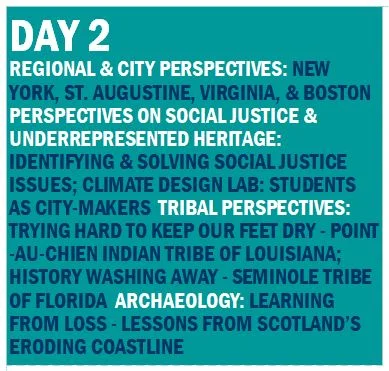By Kate Burch
At the First Parish Church on December 1, 1993, Frannie Peabody, an AIDS activist and one of the founders of Greater Portland Landmarks, gave the keynote speech for World AIDS Day: “In this historic church, on this sacred ground, many clarion calls have been heard in the past decades. Come on, Portland! Wake up!! It’s time to act.”
Frannie Peabody in her home on Walker Street
Frances “Frannie” Peabody was born in 1903 in Washington, DC. She grew up in what was then the territory of New Mexico, where she developed a love of historic buildings. Her father worked for the government and as a teenager Frannie would guide his visitors from Washington through Santa Fe’s historic sites.
After graduating from Smith College in 1925, Frannie married Millard Peabody and moved with him to Hingham, Massachusetts. Frannie delighted in the area’s history and began to volunteer at the Historical Society while raising her four children. The Peabody family moved to Maine when Millard’s business, the E.E. Taylor Shoe Company, relocated to Freeport.
Frannie first volunteered, and went on to leadership roles, with many of Portland’s historic homes. She loved to research the stories of historic houses, and enjoyed the constant surprises and challenges of restoring buildings and interiors.
She served on the Sweat Mansion Committee at the Portland Museum of Art, a building which at the time was in a state she described as “unbelievably shabby”. The all-woman committee fundraised for restoration, created instructions for museum guides, and hosted Christmas teas catered by Wayneflete teenagers in historic costume. She also served on the Victoria Mansion Restoration Committee, and worked to research and restore the Longfellow House, the Marrett House in Standish, the Parson Smith House in Windham, and many more. A longtime member of the National Society of Colonial Dames, Frannie also managed the Tate House (a historic house museum in Portland owned by the Dames) for many years. She went on to become a national leader with the Dames, overseeing 23 historic house museums on the East Coast.
Frannie sent holiday greeting cards that documented the restoration of her house.
Dedicated to preserving Portland’s historic architecture under threat from urban renewal efforts at midcentury, Frannie was one of the founding members of Greater Portland Landmarks. She served on Landmarks’ Advisory Service, which consisted of “well-informed volunteers who, upon request, offer recommendations to anyone interested in restoring their property.” Her specialty was period furnishings.
She also led the restoration of her own home at 4 Walker Street in Portland’s West End, which she purchased in a derelict state in 1972, after her children were grown and her husband had died. She conducted extensive research and consulted a network of preservation experts on everything from the building’s structure to paint, plaster, and furnishings, and kept diaries of her restoration work.
In the early 1980s, Peabody’s life changed when her eldest grandchild, Peter Vom Lehn, was diagnosed with AIDS and died soon after. Frannie was horrified by the ferocious disease and the social stigma surrounding AIDS patients. Following Peter’s death, she joined an AIDS support group in Portland, the lone elderly woman in a group of young gay men. She saw the need for facts and support for young gay men and their families in a time when ignorance and discrimination dominated.
In response, Peabody established The AIDS Project, a service organization, and the Peabody House, an assisted living and hospice facility for people with advanced stages of the disease. She also led a weekly support group for friends and families, and personally kept in contact with young men and their families in isolated, rural parts of Maine. Frannie would even host out-of-town families who were visiting relatives in Portland hospitals and couldn’t afford hotels at her Walker Street home. She was a staunch supporter of gay rights and sex education, talking openly about condoms and sexuality despite her appearance as a prim white-haired woman in suits and pearls.
Throughout her 80s and 90s as she was deeply involved with AIDS activism, she also maintained her dedication to historic preservation. She continued to work with Landmarks, train docents for historic houses, and attend conferences on historic homes and preservation, and with the Dames, she led a national effort to create an accreditation agency for museum houses. Frannie stayed active in the community until the end, serving as the Grand Marshal at the Portland Pride Parade just days before her death in June 2001 at the age of 98.
Frannie Peabody in the Greater Portland Landmarks library, which is named after her.
So many of the historic sites in Portland owe their continued operation to Frannie Peabody, who in addition to advocacy and preservation, also helped establish the Portland History Docent Program, which celebrates its 25th anniversary in 2020. The Peabody Center is now a resource center and not a hospice, as the quality of life for people with HIV/AIDS continues to improve thanks to activists like Frannie, who wrote in her World AIDS Day speech: “Never underestimate the power of many pens, of many telephone calls!”







































